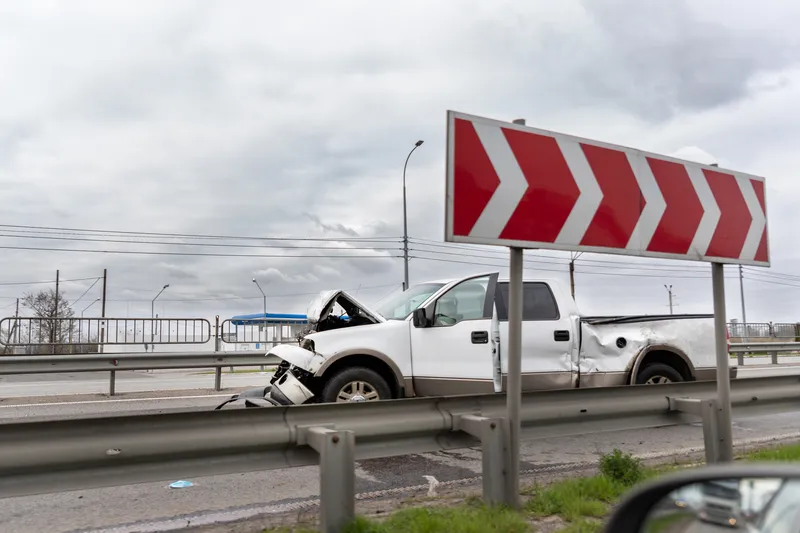US Transportation Secretary Ray LaHood has announced that the US DOT and Better Business Bureau will collaborate to educate consumers and businesses about the dangers of distracted driving.
“Distracted driving has become a deadly epidemic on America’s roads,” Secretary LaHood said. “We know that educating people about the risk of distracted driving works, and we are pleased to be working with BBB to raise awareness and help businesses and consumers fight this problem.”
April 23, 2012
Read time: 2 mins
RSSUS Transportation Secretary Ray LaHood has announced that the US DOT and Better Business Bureau will collaborate to educate consumers and businesses about the dangers of distracted driving.
“Distracted driving has become a deadly epidemic on America’s roads,” Secretary LaHood said. “We know that educating people about the risk of distracted driving works, and we are pleased to be working with BBB to raise awareness and help businesses and consumers fight this problem.”
The national website of the Better Business Bureau will feature a link to a free tool kit that provides employers with suggested distracted driving policies to help keep their employees safe. The kit, created by the USDOT and the Network of Employers for Traffic Safety (NETS), contains materials such as a sample company policy, a sample memo to employees on that policy, and a sample company press release.
In addition, Better Business Bureau’s national website will feature videos from USDOT’s “Faces of Distracted Driving” video series. The videos include heartbreaking stories from family members who have lost loved ones due to distracted driving accidents. Better Business Bureau will also provide a link to www.distraction.gov, a complete resource on everything having to do with distracted driving.
Nearly 5,500 people in the U.S. were killed and almost half a million were injured in accidents related to distracted driving in 2009. Eighteen per cent of those fatal accidents involved the use of a cell phone.
The US Department of Transportation’s campaign against distracted driving is a multi-modal effort that includes automobiles, trains, planes, and commercial vehicles.
“Distracted driving has become a deadly epidemic on America’s roads,” Secretary LaHood said. “We know that educating people about the risk of distracted driving works, and we are pleased to be working with BBB to raise awareness and help businesses and consumers fight this problem.”
The national website of the Better Business Bureau will feature a link to a free tool kit that provides employers with suggested distracted driving policies to help keep their employees safe. The kit, created by the USDOT and the Network of Employers for Traffic Safety (NETS), contains materials such as a sample company policy, a sample memo to employees on that policy, and a sample company press release.
In addition, Better Business Bureau’s national website will feature videos from USDOT’s “Faces of Distracted Driving” video series. The videos include heartbreaking stories from family members who have lost loved ones due to distracted driving accidents. Better Business Bureau will also provide a link to www.distraction.gov, a complete resource on everything having to do with distracted driving.
Nearly 5,500 people in the U.S. were killed and almost half a million were injured in accidents related to distracted driving in 2009. Eighteen per cent of those fatal accidents involved the use of a cell phone.
The US Department of Transportation’s campaign against distracted driving is a multi-modal effort that includes automobiles, trains, planes, and commercial vehicles.









